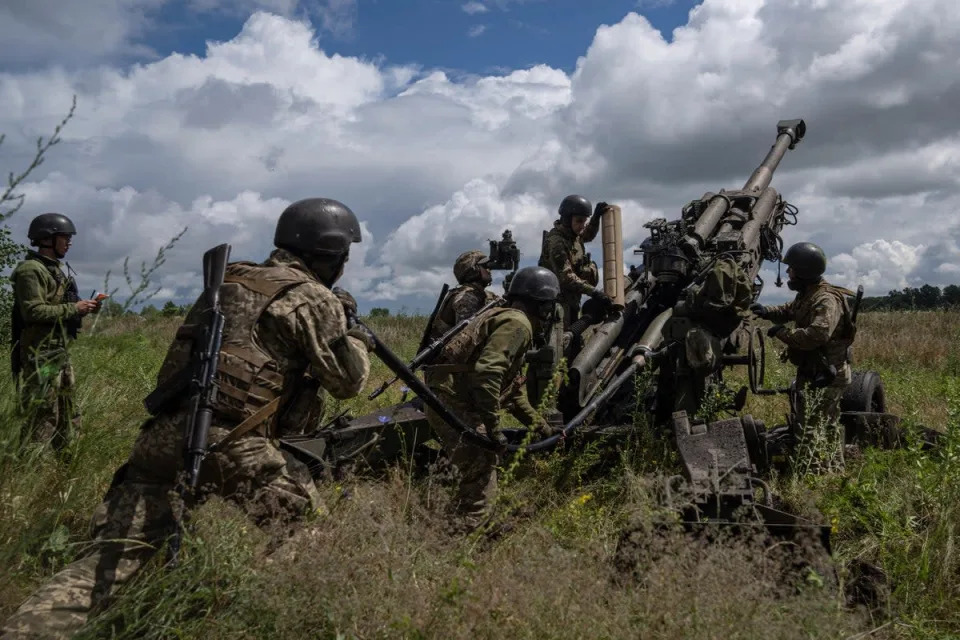As other nations see the impact of U.S. weapons in the war in Ukraine, the Pentagon is receiving more requests for their acquisition, including the high-tech rocket system that Ukrainian forces have used successfully against ammunition depots and other supplies. Russians, defense officials said Friday.
Bill LaPlante, the department’s deputy secretary for acquisitions, told reporters that the Pentagon has been working with the defense industry to increase production lines to meet US and international requests for certain types of weapons. And he said that some countries have already started asking about the High Mobility Artillery Rocket System (HIMARS) because they are interested in buying it.
Consequently, he noted, the United States has to replace the stock of HIMARS systems it has shipped to Ukraine — at a projected cost so far of about $33 million — and also forecast how much demand they will have abroad in the future.
According to the Pentagon, the department is already working to replace approximately $7 billion worth of weapons and equipment stockpiles that were made available for sale so that they could be shipped quickly to Ukraine. Of that amount, some $1.2 billion in contracts have already been signed, and about half of that amount was for Stinger missiles.
Congress provided a total of $12.5 billion for such stock replacements so far this year, as well as another $6 billion to purchase weapons and equipment directly from industry to ship to Ukraine. It may take several years for the items in the contracts to be delivered.
Some of the money will be used to invest in the defense industrial base so that companies can expand or speed up production.
“We remain committed to producing the things that are in the contracts as quickly as possible, primarily to send a clear and persistent signal to our industry partners that there is demand,” LaPlante said. As an example, he noted, right now the The industry is producing some 14,400 ammunition for howitzer artillery each month, but the plan is to increase manufacturing to 36,000 per month in about three years.
Even that amount, he noted, could be insufficient for the level of demand. Therefore, the United States Army has contacted other companies around the world to acquire 250,000 rounds of these ammunition.
In some cases, LaPlante said, there are simple solutions to increase production capacity and in others, more creativity is required. Restarting production of Stinger missiles, he noted, forced contractors to come up with alternate parts to replace obsolete ones.

